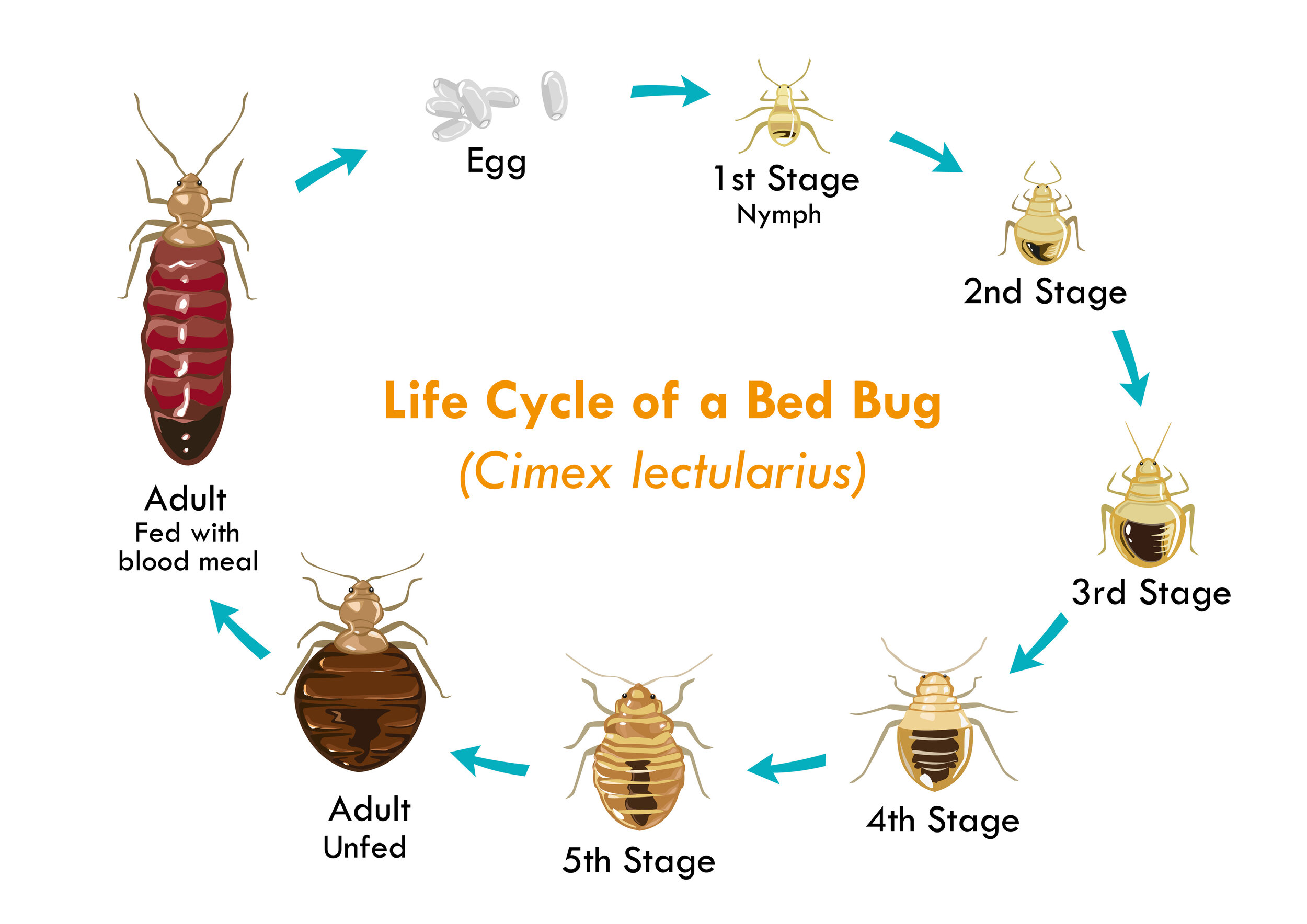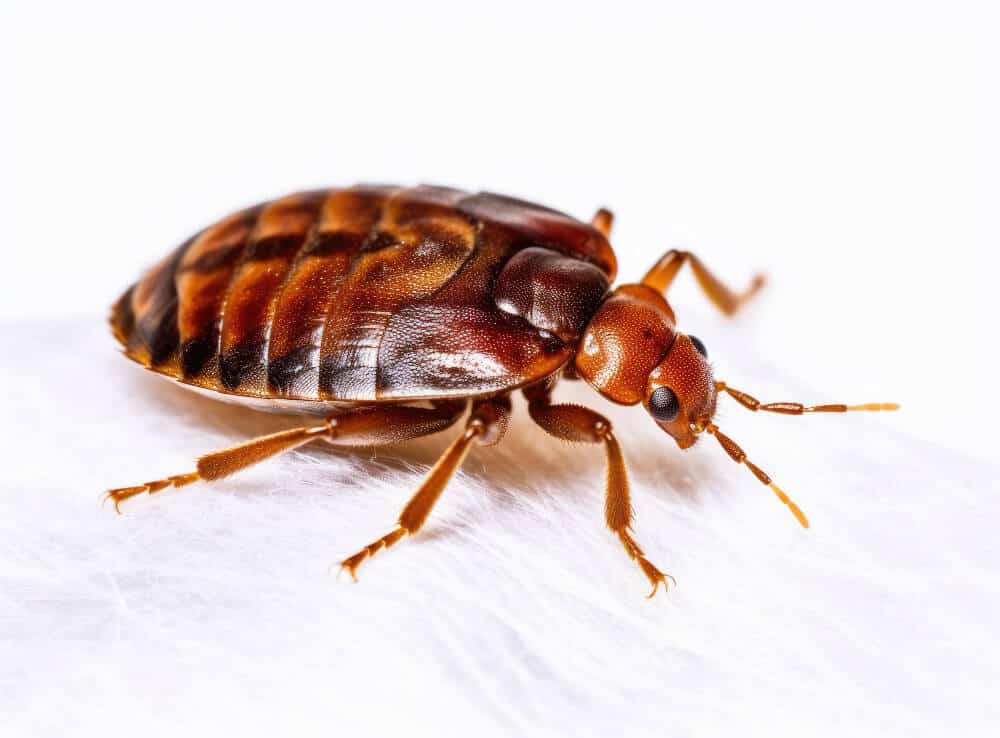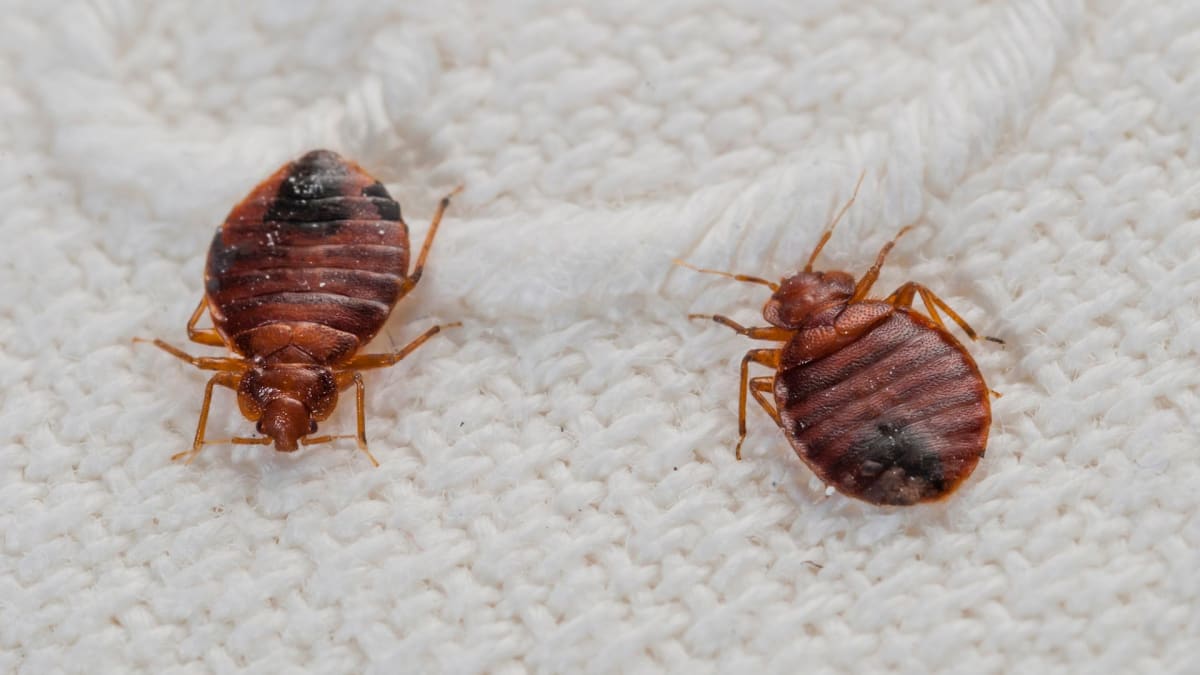Comprehensive A1 Bed Bug Extermination in Houston Location
Comprehensive A1 Bed Bug Extermination in Houston Location
Blog Article
Understanding the Lifecycle of Parasites for Targeted Control Approaches
Comprehending the lifecycle of insects is a basic element of effective insect administration techniques. Through a much deeper understanding of exactly how pests evolve and flourish, customized control strategies can be developed to resolve particular points in their lifecycle, eventually leading to more effective pest administration results.
Significance of Recognizing Bug Lifecycle
Recognizing the lifecycle of bugs is crucial for creating effective and targeted control strategies in insect monitoring. By understanding the different phases a pest goes with from egg to grownup, insect control specialists can identify susceptible factors in the lifecycle where intervention can be most effective.
Additionally, acknowledging the details environmental problems needed for each stage of the bug's lifecycle can guide choices on environment alteration or exclusion approaches to interrupt the lifecycle and reduce insect populaces. This knowledge enables pest management experts to apply proactive measures instead than depending solely on responsive therapies, bring about more lasting and long-term insect control services. Ultimately, a complete understanding of parasite lifecycles encourages bug control practitioners to customize their strategies efficiently, minimizing environmental effects and optimizing control outcomes.
Key Phases in Parasite Development
To efficiently apply targeted control methods in pest administration, a vital element lies in comprehensively determining and recognizing the essential phases in parasite growth. Bug development typically consists of numerous crucial phases that are critical for their lifecycle and administration.

Susceptabilities in Pest Lifecycle
Throughout the various stages of a parasite's lifecycle, unique susceptabilities emerge that can be strategically targeted for effective control procedures. One crucial vulnerability lies in the egg stage, where pests are commonly much more susceptible to specific insecticides or biological control agents because of their soft outer shell, making them much easier targets for intervention. Additionally, the nymph or larval stage presents vulnerabilities as pests go through fast growth and development, needing high energy usage that can be manipulated by interrupting their food sources or presenting growth inhibitors. Pupal phases, characterized by stability and improvement, use a window for targeted control with physical obstacles or specific therapies that hinder effective development. Lastly, adult bugs, while a lot more resistant as a result of their reproductive capability, can still be vulnerable during breeding or egg-laying tasks, which can be disrupted through scent traps or sanitation techniques. Understanding these vulnerabilities in the parasite lifecycle is important for creating reliable and accurate control strategies that effectively manage parasite populaces while decreasing ecological impact.
Executing Targeted Control Steps

Carrying out targeted control procedures typically entails a multi-faceted technique. This might consist of habitat adjustment to make the environment much less congenial to bugs, such as eliminating standing water for mosquito control or securing access points for rats. In addition, biological control techniques can be used, where natural predators or virus are presented to keep pest populations in check.
Chemical control, such as the mindful application of chemicals, is one more common technique. It is essential to use these compounds judiciously to lessen ecological influence and potential damage to non-target types - A1 Bed bug Exterminator houston. Integrated Bug Monitoring (IPM) techniques that combine numerous control steps in a collaborated and lasting fashion are typically the most effective in achieving lasting bug monitoring objectives. By applying targeted control procedures based on an extensive understanding of parasite lifecycles, parasite populaces can be efficiently managed while lessening risks to human wellness and the environment.
Boosted Insect Management Practices

Furthermore, the consolidation of biological control agents, such as all-natural predators or pathogens of parasites, can help lower reliance on chemical pesticides and promote a much more balanced environment. Applying physical barriers and traps can additionally become part of boosted insect management methods, providing non-toxic and targeted solutions for pest control. Additionally, making use of scents and other semiochemicals can interfere with pest breeding patterns and interaction, resulting in reduced insect populaces gradually.
Verdict
By recognizing crucial phases in bug advancement and vulnerabilities in their lifecycle, targeted control procedures can be applied to minimize insect populaces. Improved pest monitoring practices can assist lower the reliance on broad-spectrum chemicals and advertise even more eco pleasant and sustainable pest control techniques.
Understanding the lifecycle of parasites is necessary for developing reliable and targeted control strategies in bug administration. By comprehending the different stages an insect goes with from egg to grownup, bug control experts can identify prone factors in the lifecycle where intervention can be most successful. Inevitably, a thorough understanding of parasite lifecycles empowers insect control specialists to customize reference their strategies effectively, taking full advantage of and lessening ecological impacts control outcomes.
By executing targeted control procedures based on an extensive understanding of insect lifecycles, insect populaces can be efficiently regulated while decreasing dangers to human wellness and the atmosphere.
By identifying key stages in bug growth and susceptabilities in their lifecycle, targeted control actions can be applied to minimize pest populations.
Report this page